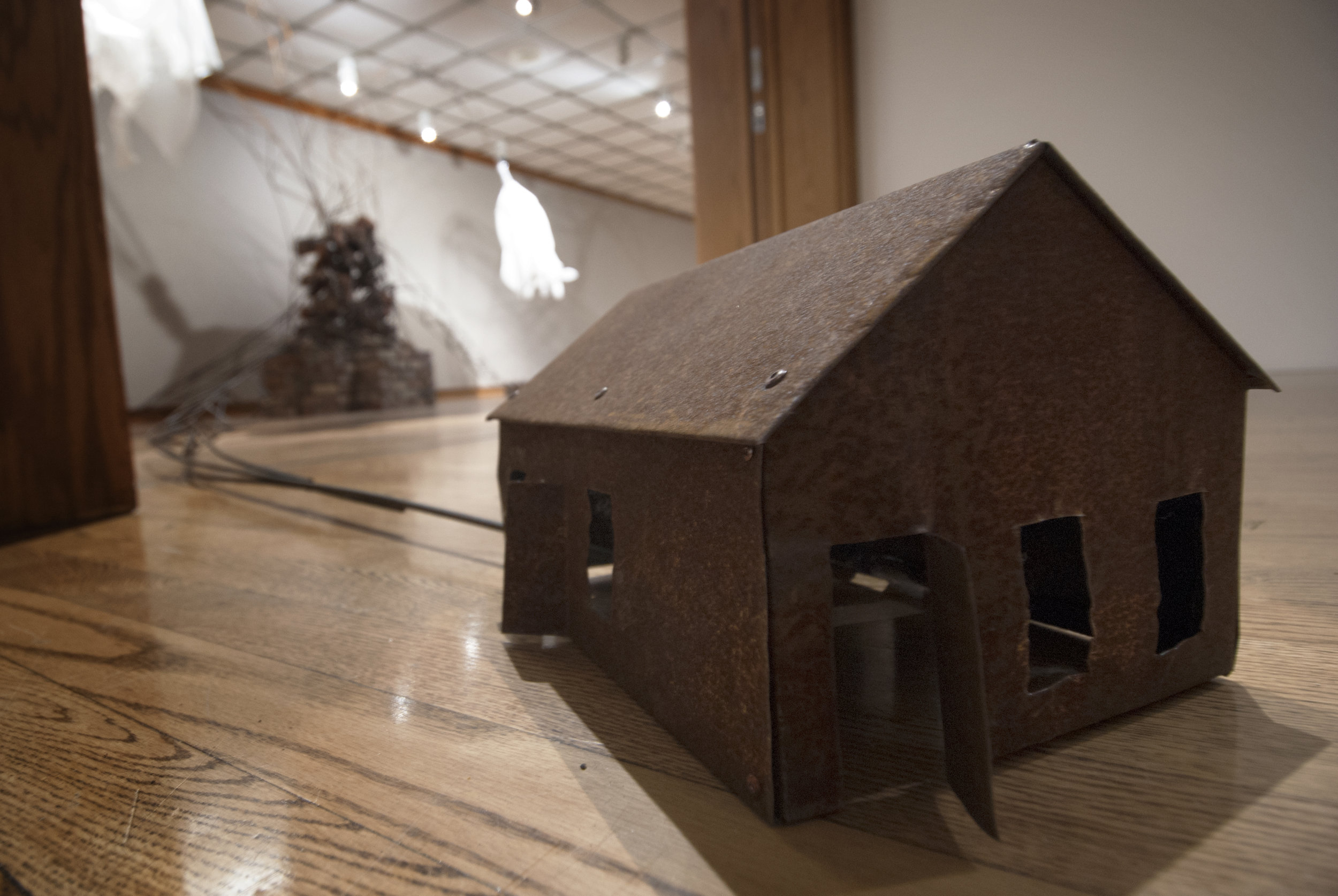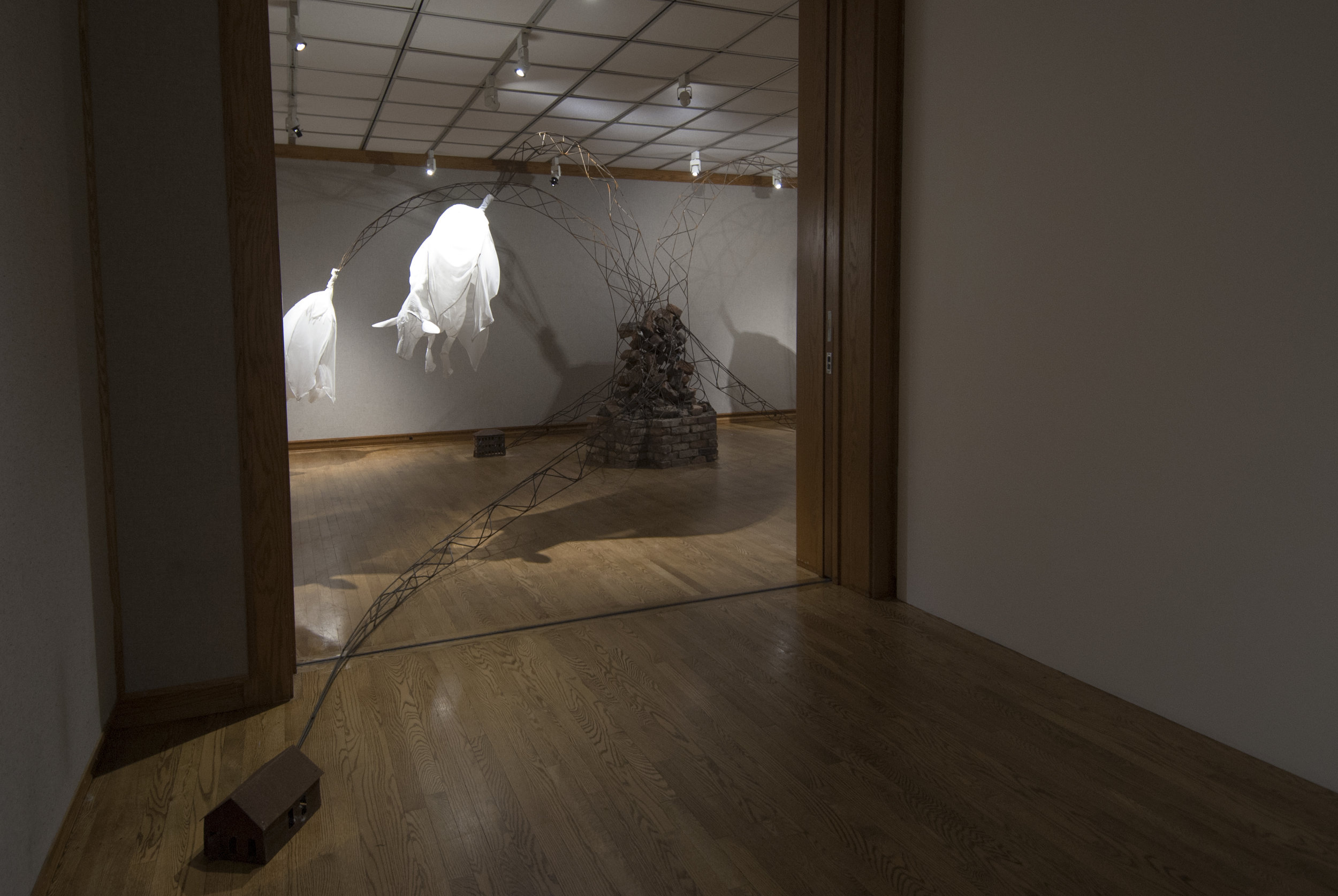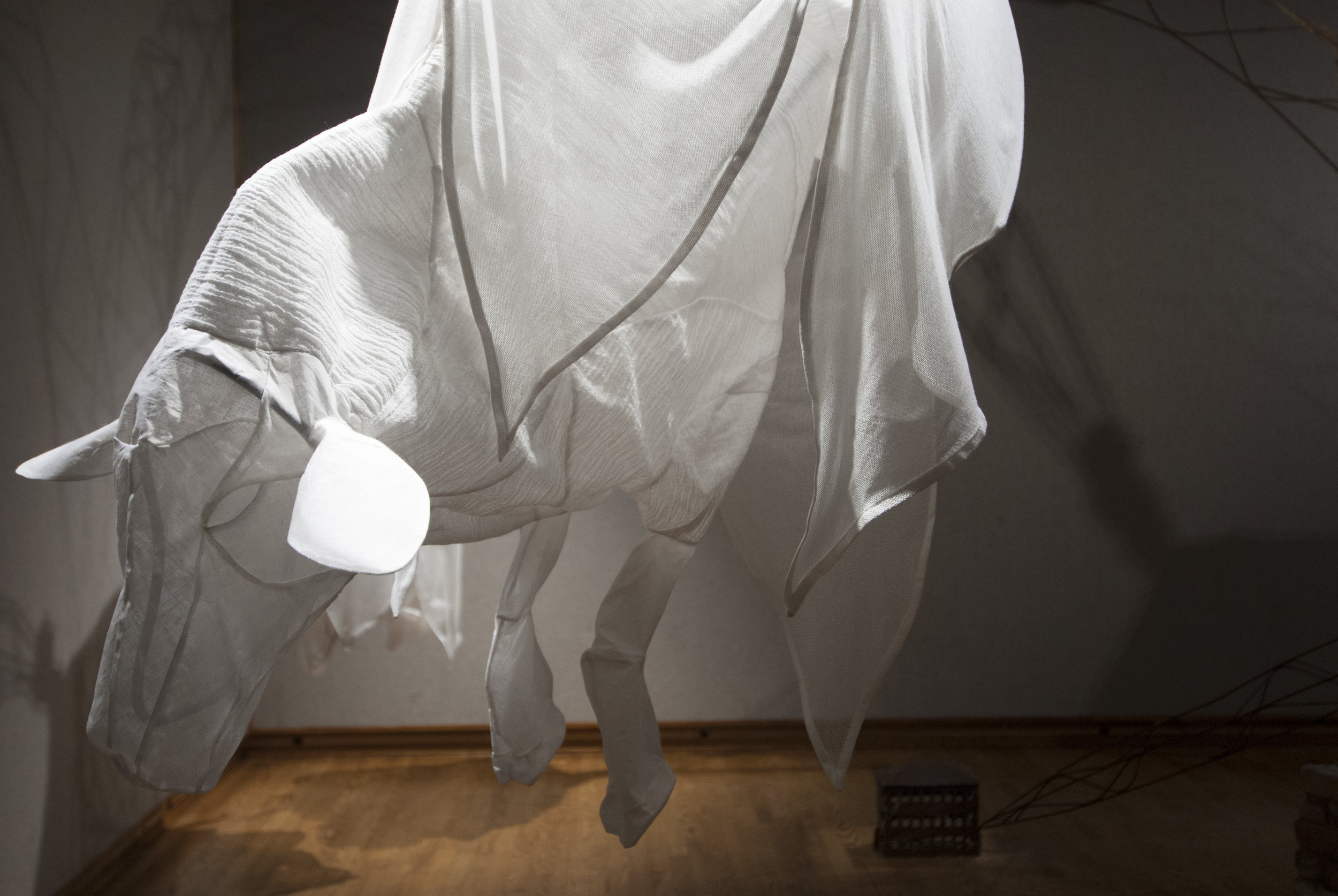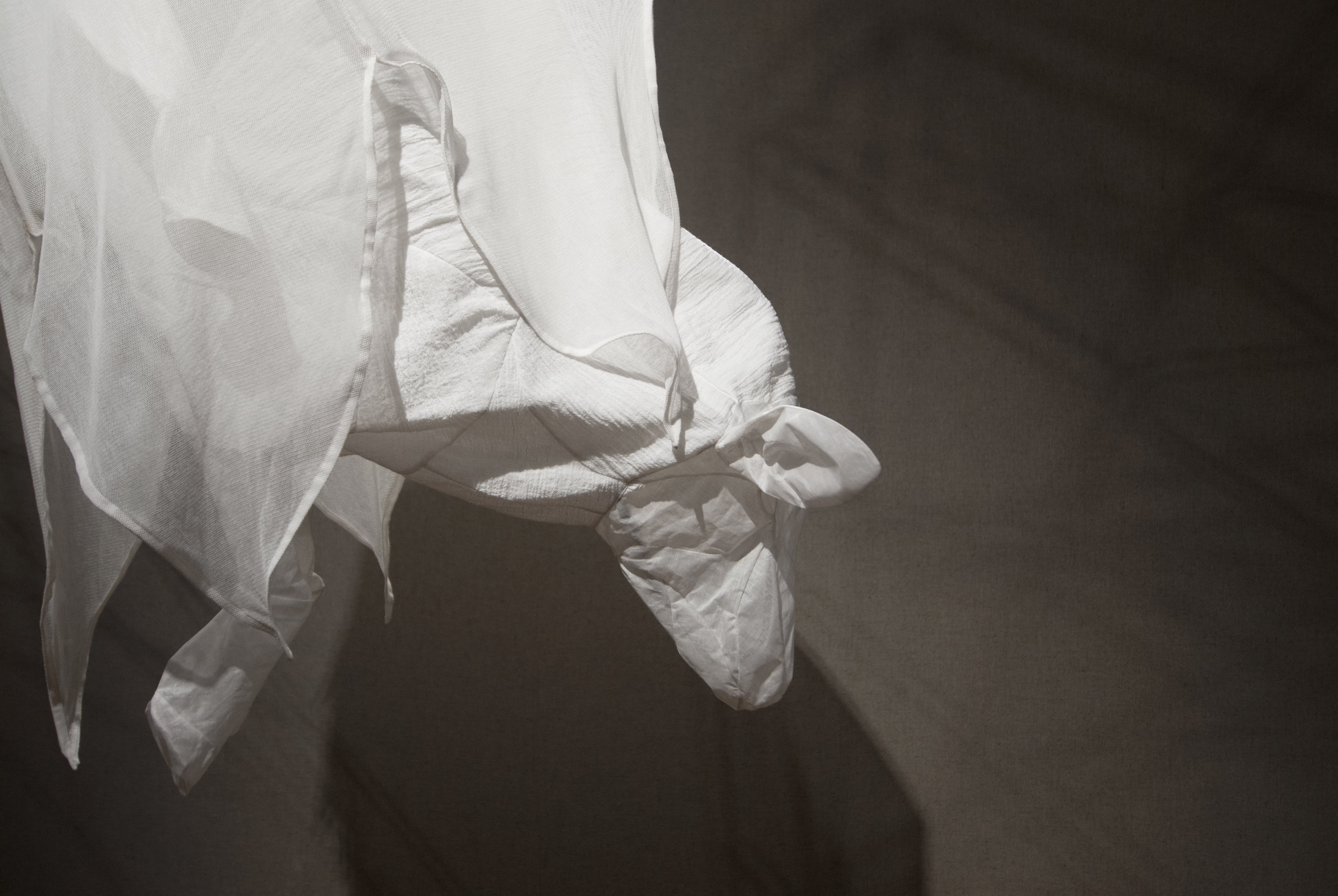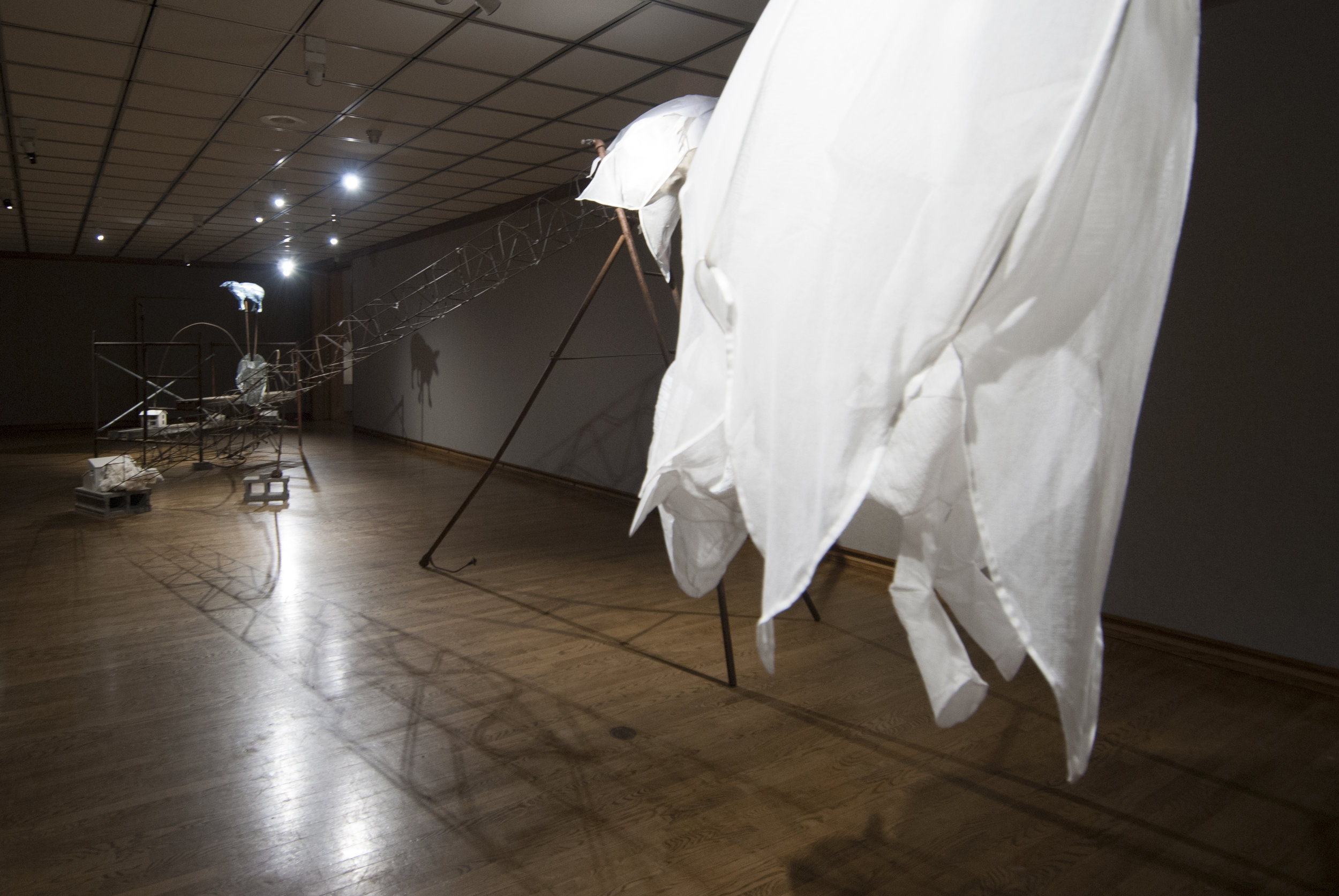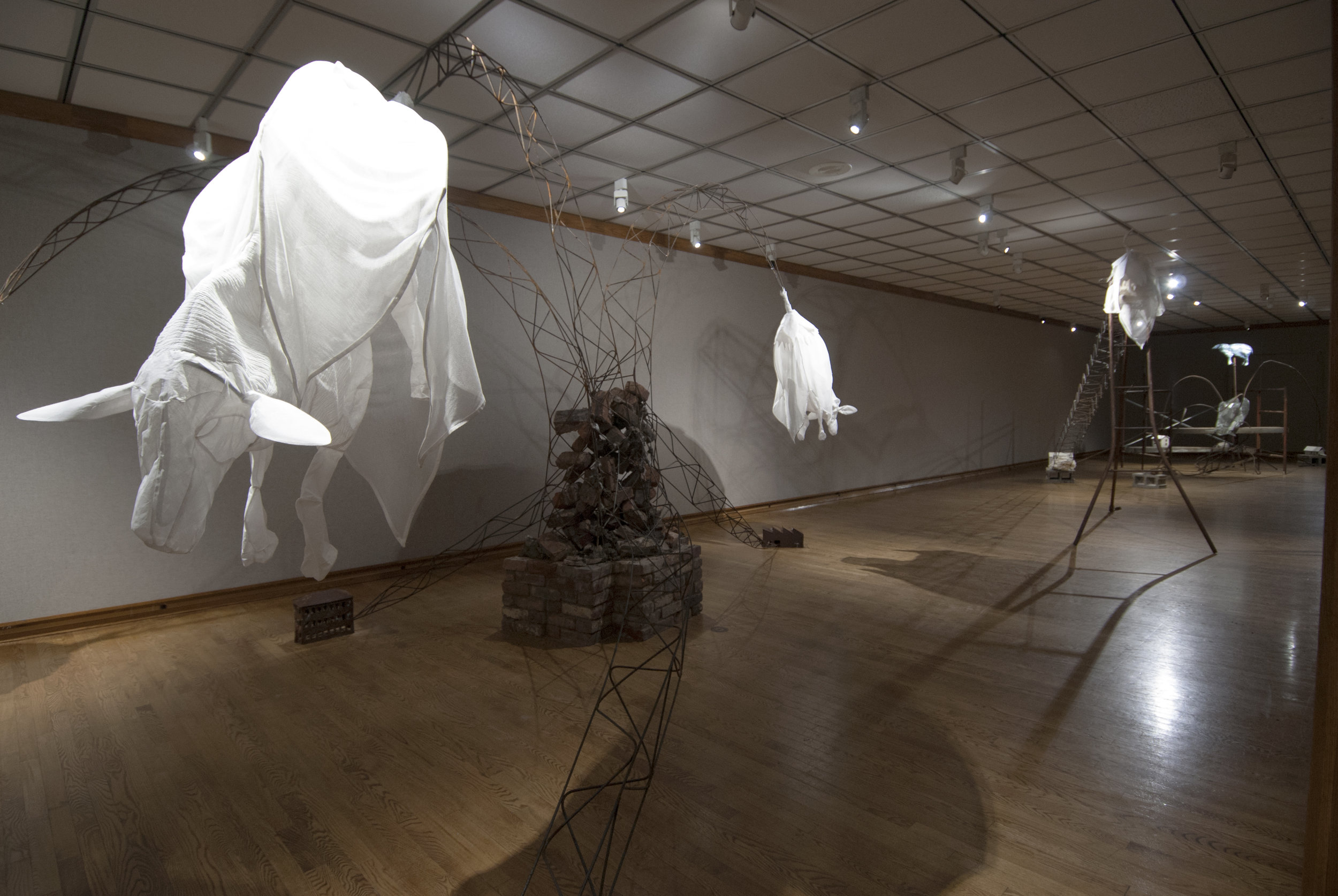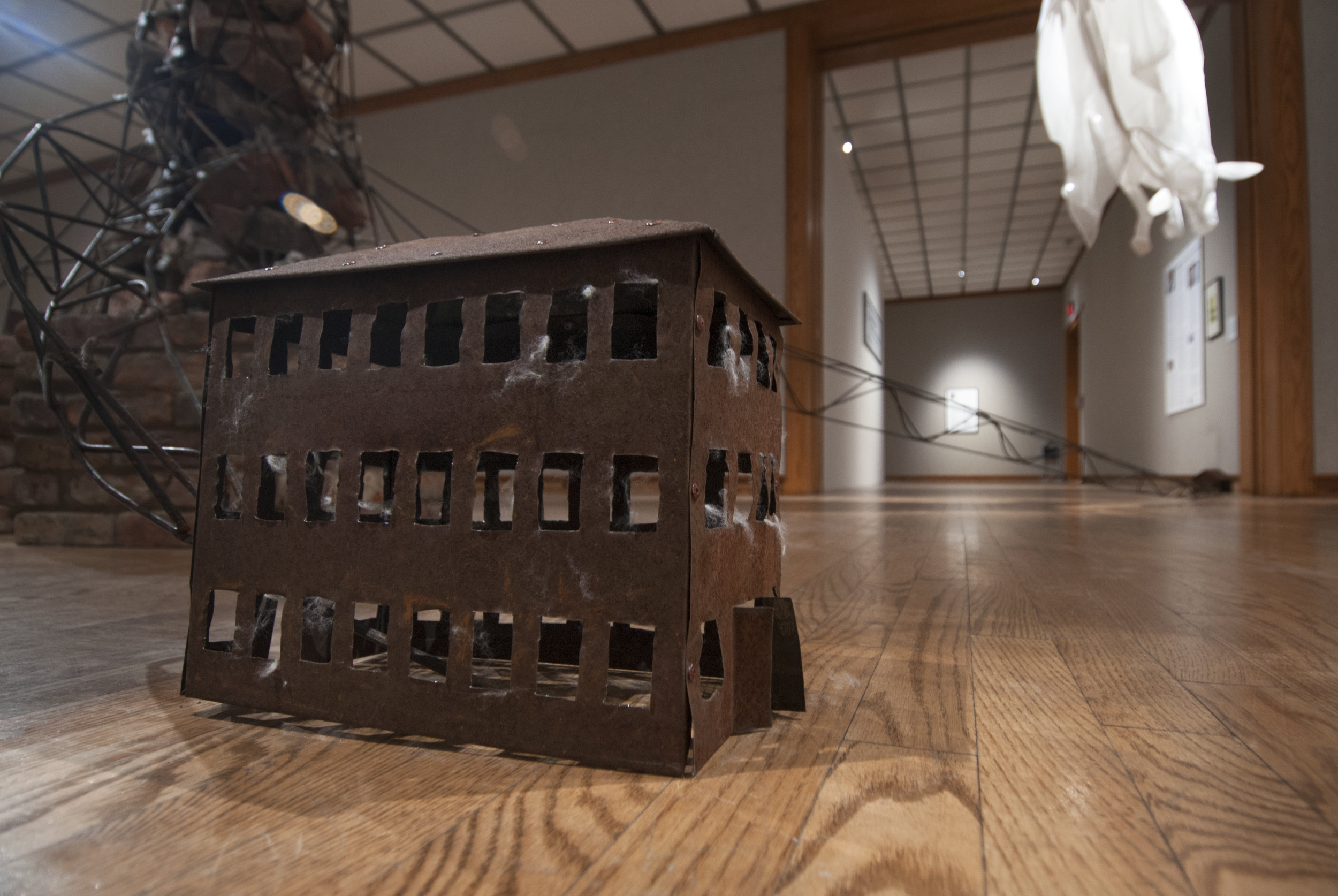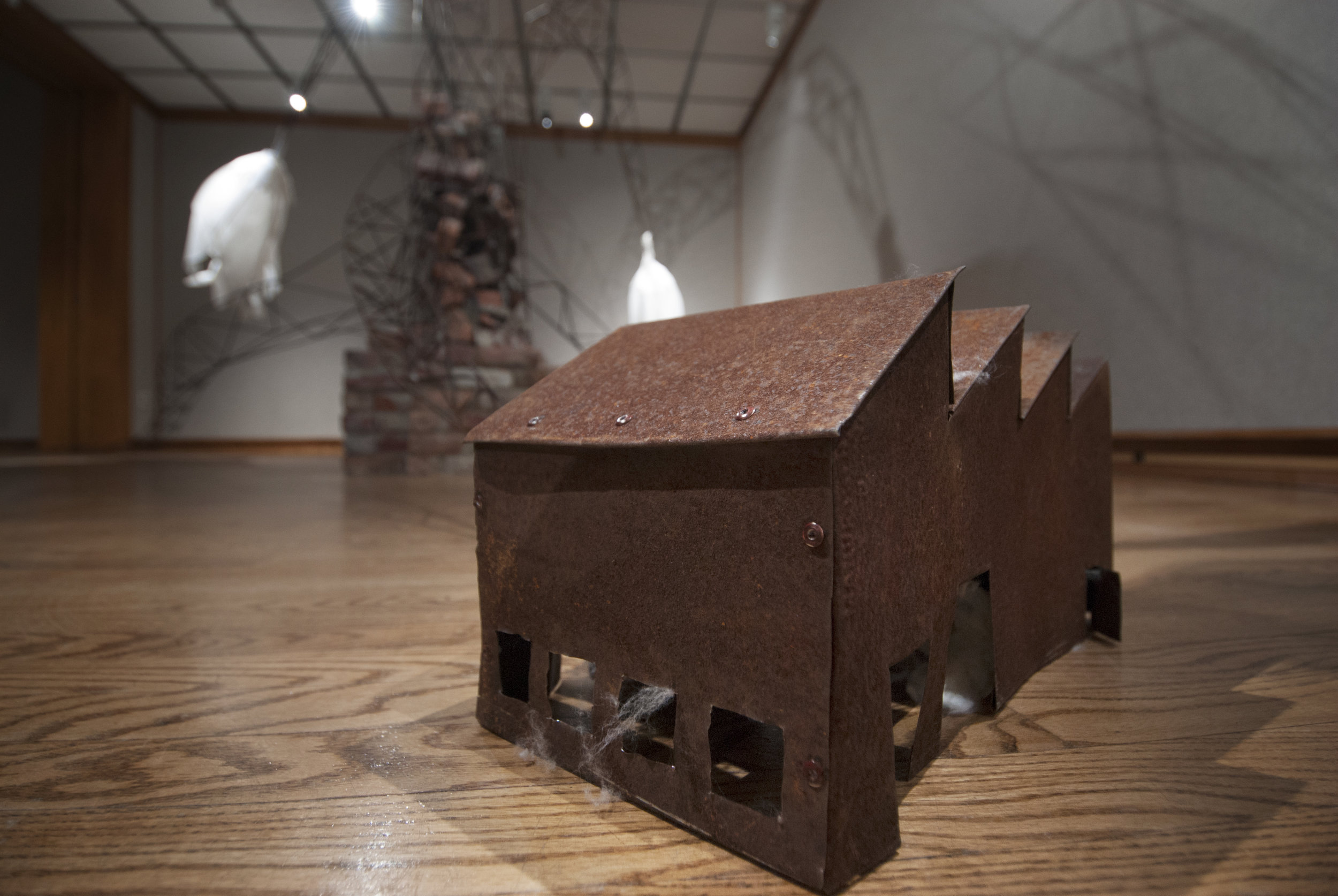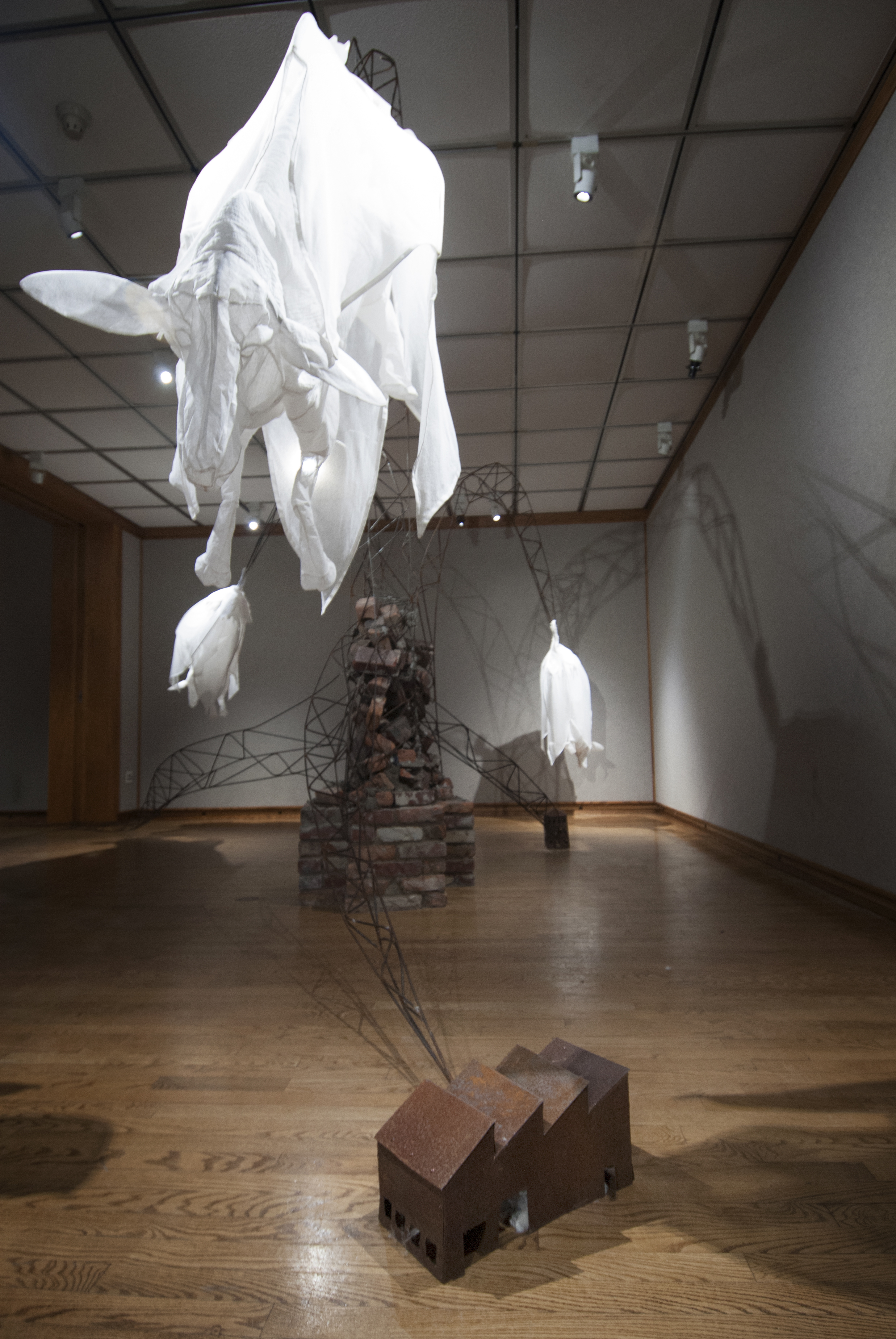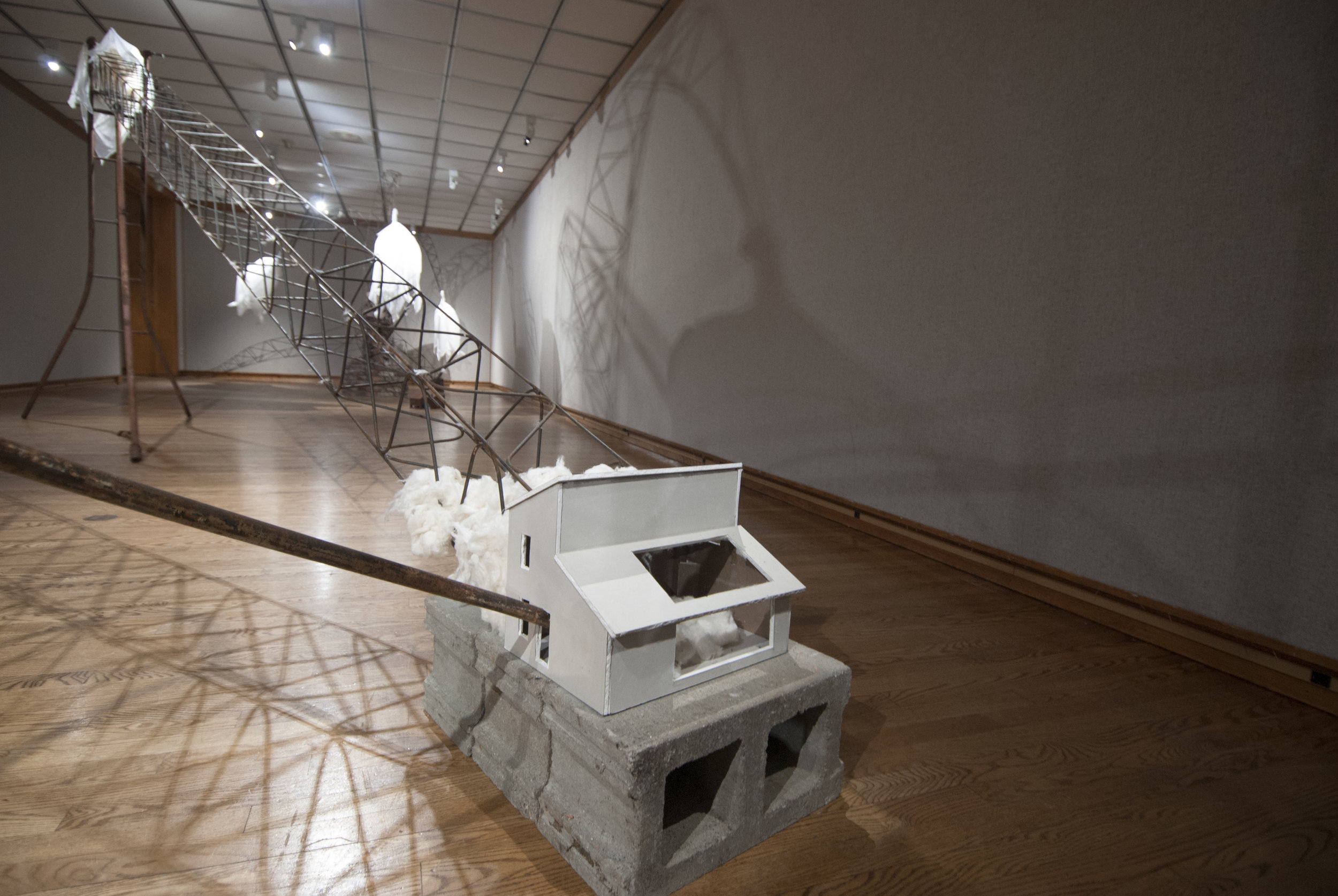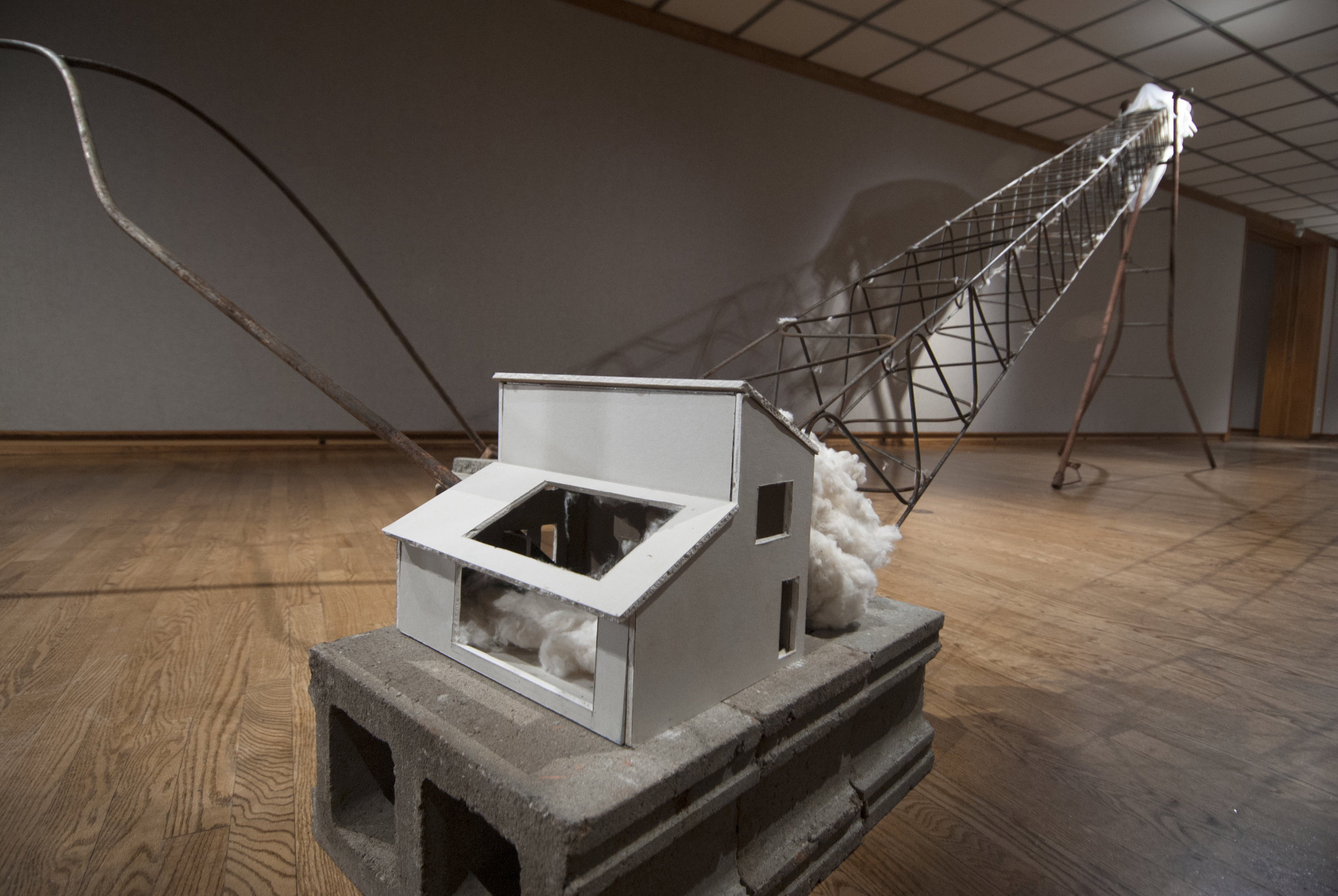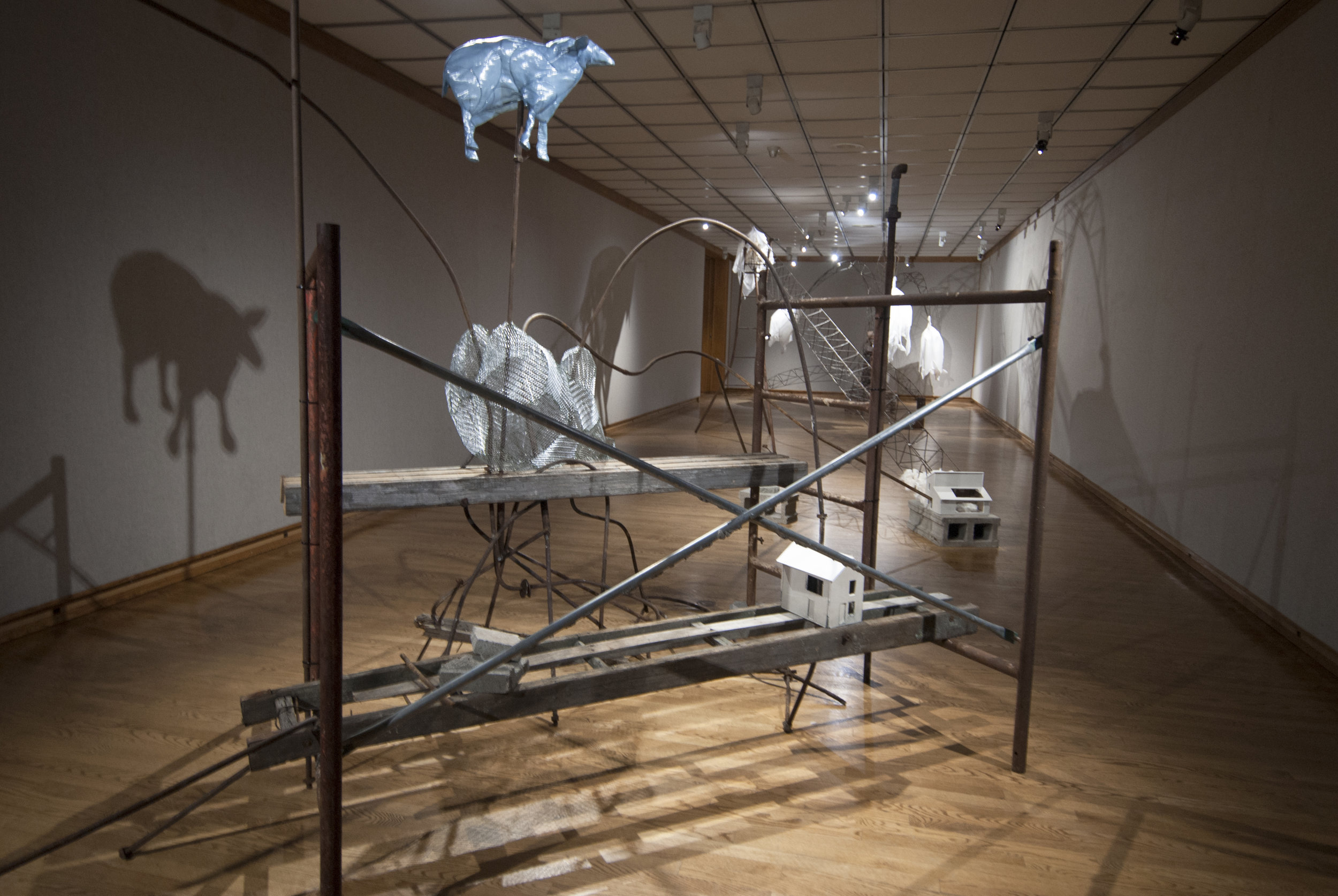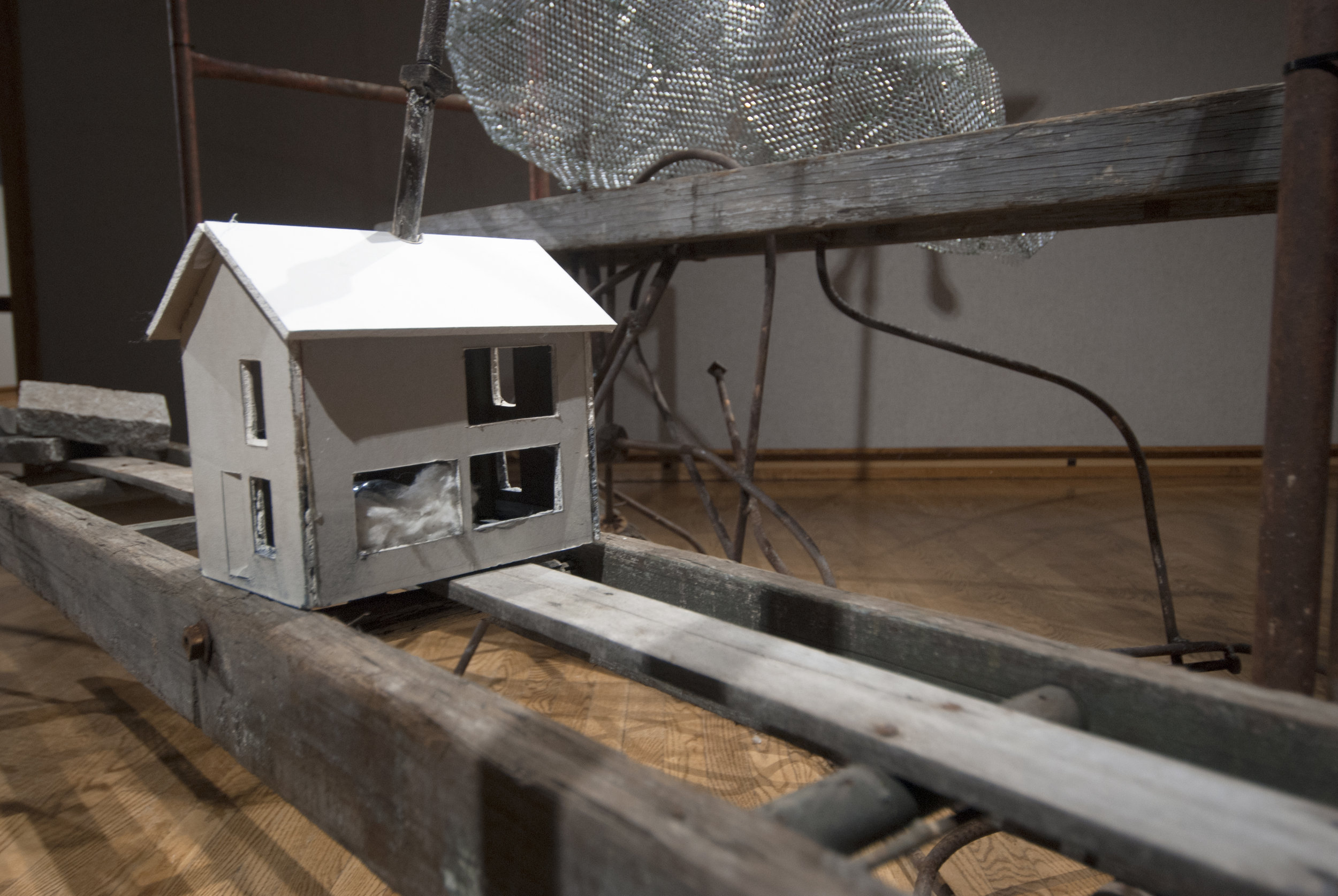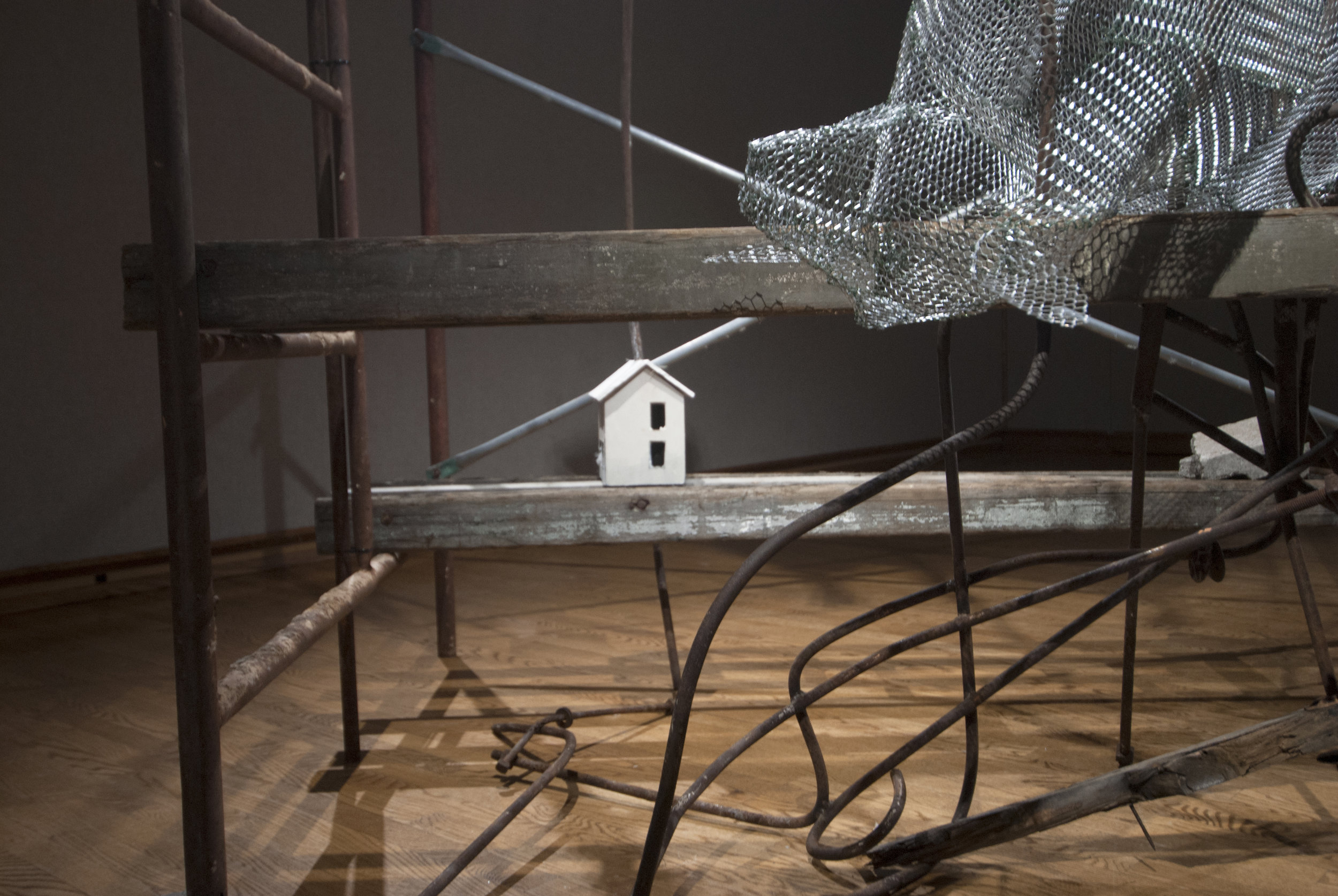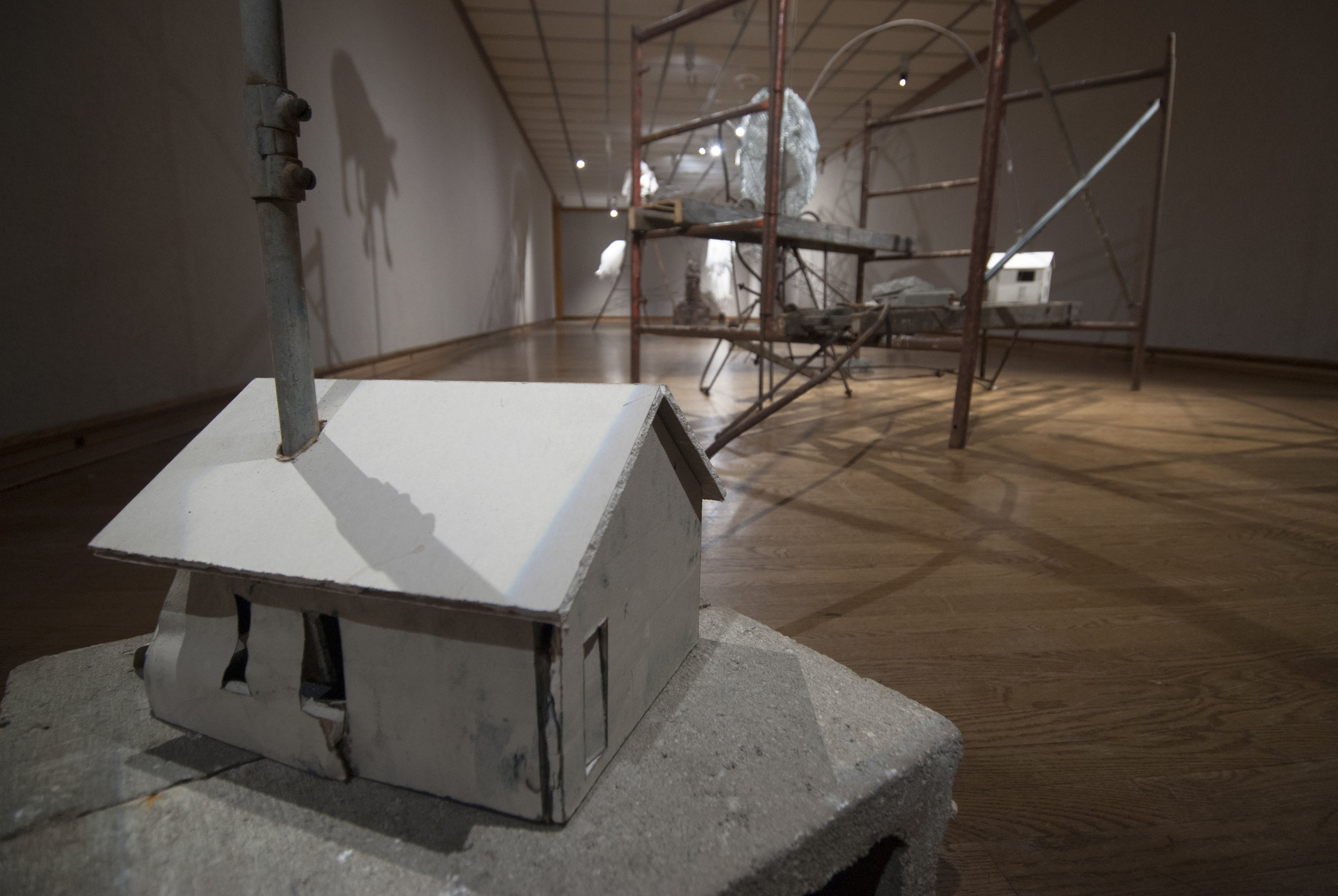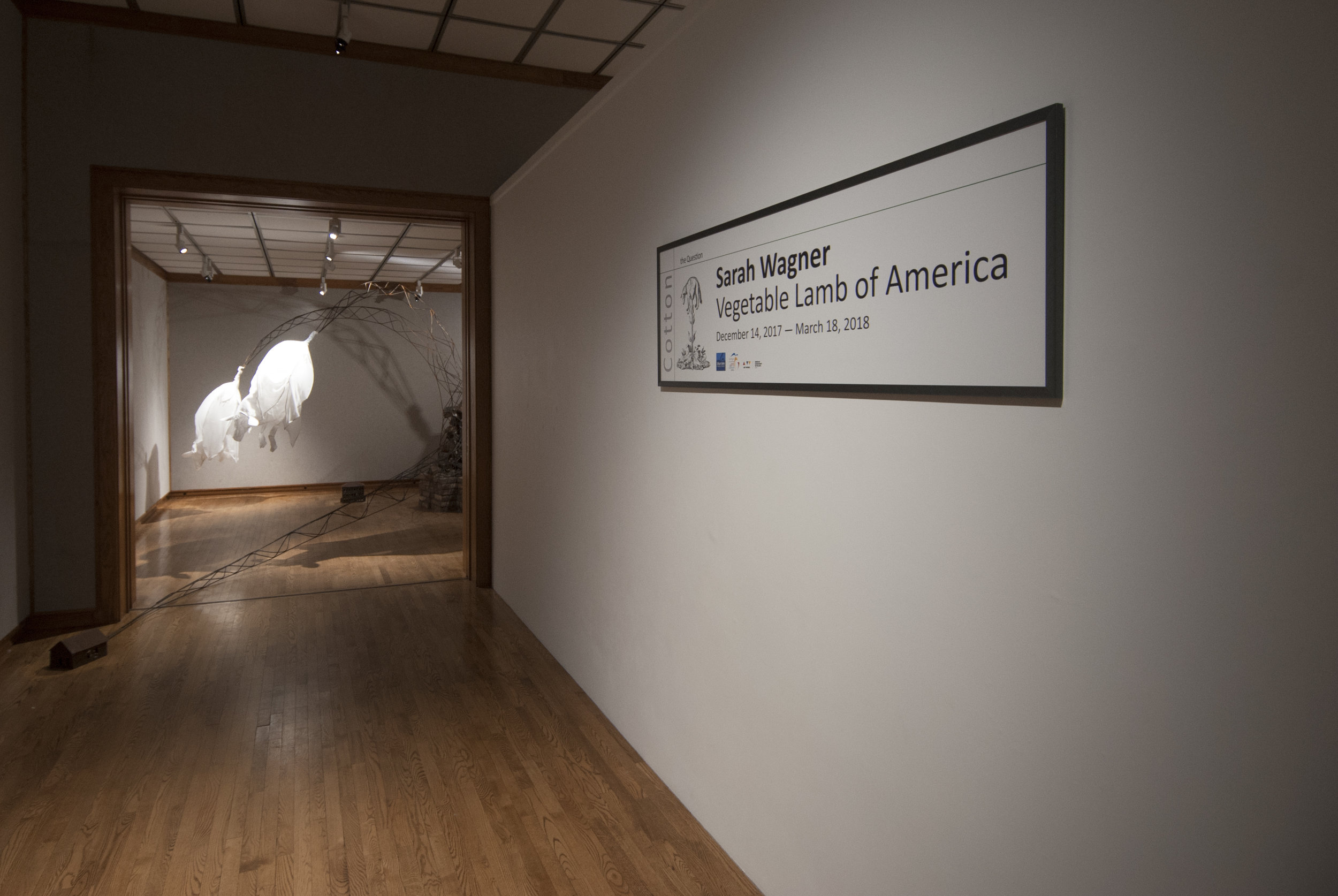“Cotton…was exotic to Europe. The fiber grew in faraway lands and Europeans reportedly imagined cotton as a mixture of a plant and an animal — a “vegetable lamb.” Stories circulated in medieval Europe [from the 1500s] about little sheep growing on plants, and bending down at night to drink water, other fables told of sheep attached to the ground with low stems”
Empire of Cotton: A Global History by Sven Beckert
The sheep tree fables were debunked in the late nineteenth century by Henry Lee in his book the Vegetable Lamb of Tartary (download a free copy here)
In one way, the Sheep trees are a metaphor for my penchant—for better or worse—to create narratives and other content in absence of actual facts or data, to simplify matters or hasten the process of moving on. In another way, the sheep trees could be seen as metaphors for how we have created imaginary histories about the foundation of our country. Cotton was a primary industry that allowed the US to become the global power that it is today and our entire structure, culture and body politic are infinitely weakened and deranged by ignoring the true history of how this rise to power occurred. At this moment it would seem that sheep trees exist almost everywhere in our culture today, where very few facts are necessary for complex narrative content, or when sheep trees are just the simpler fluffier less bitter pill to sell—or swallow.
This work was also inspired by Zug Island in Detroit and personal events in the artist’s life.
An e-catalog is forthcoming about the project Vegetable Lamb of America.
Many thanks to the Muskegon Museum of Art and their super fabulous staff, Shannon Wong, Scott Berels, and Jon Brumit for their assistance.
